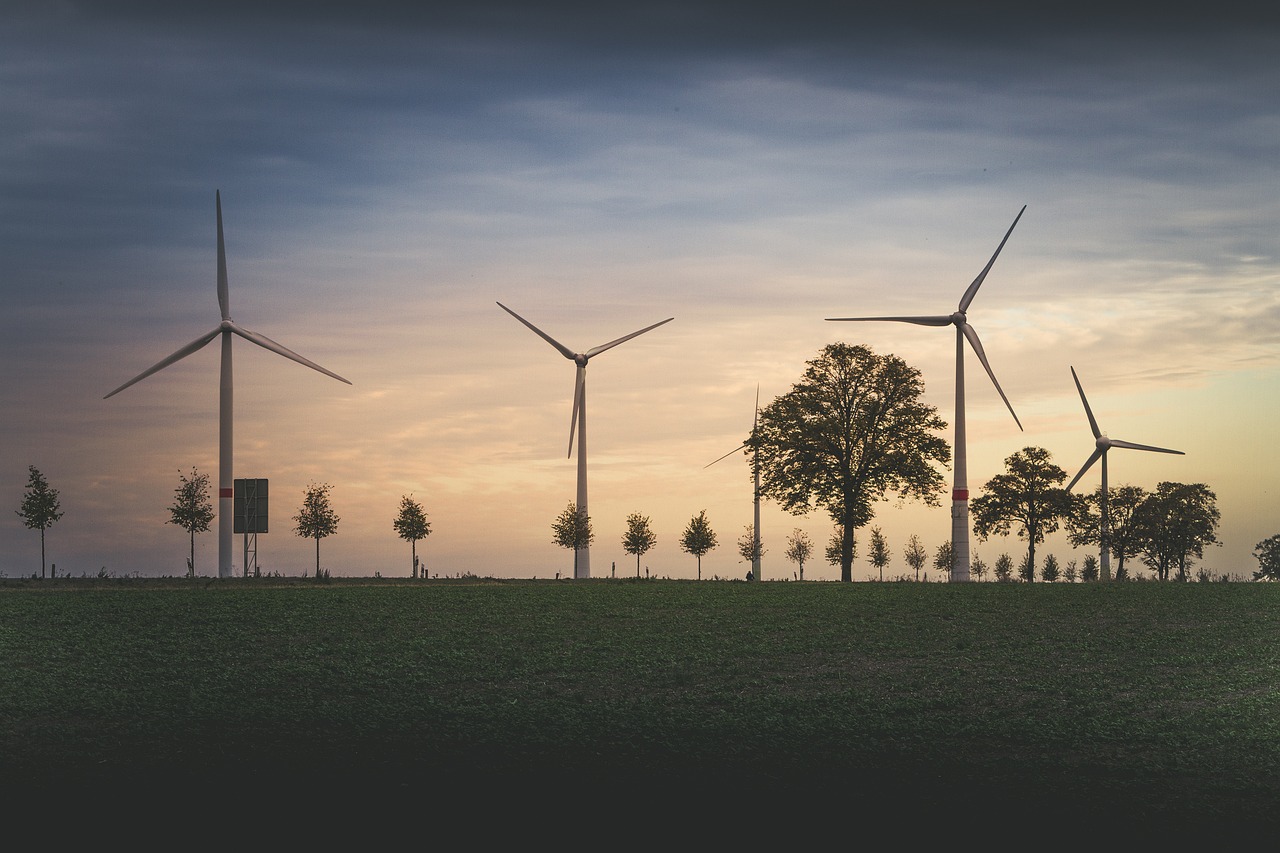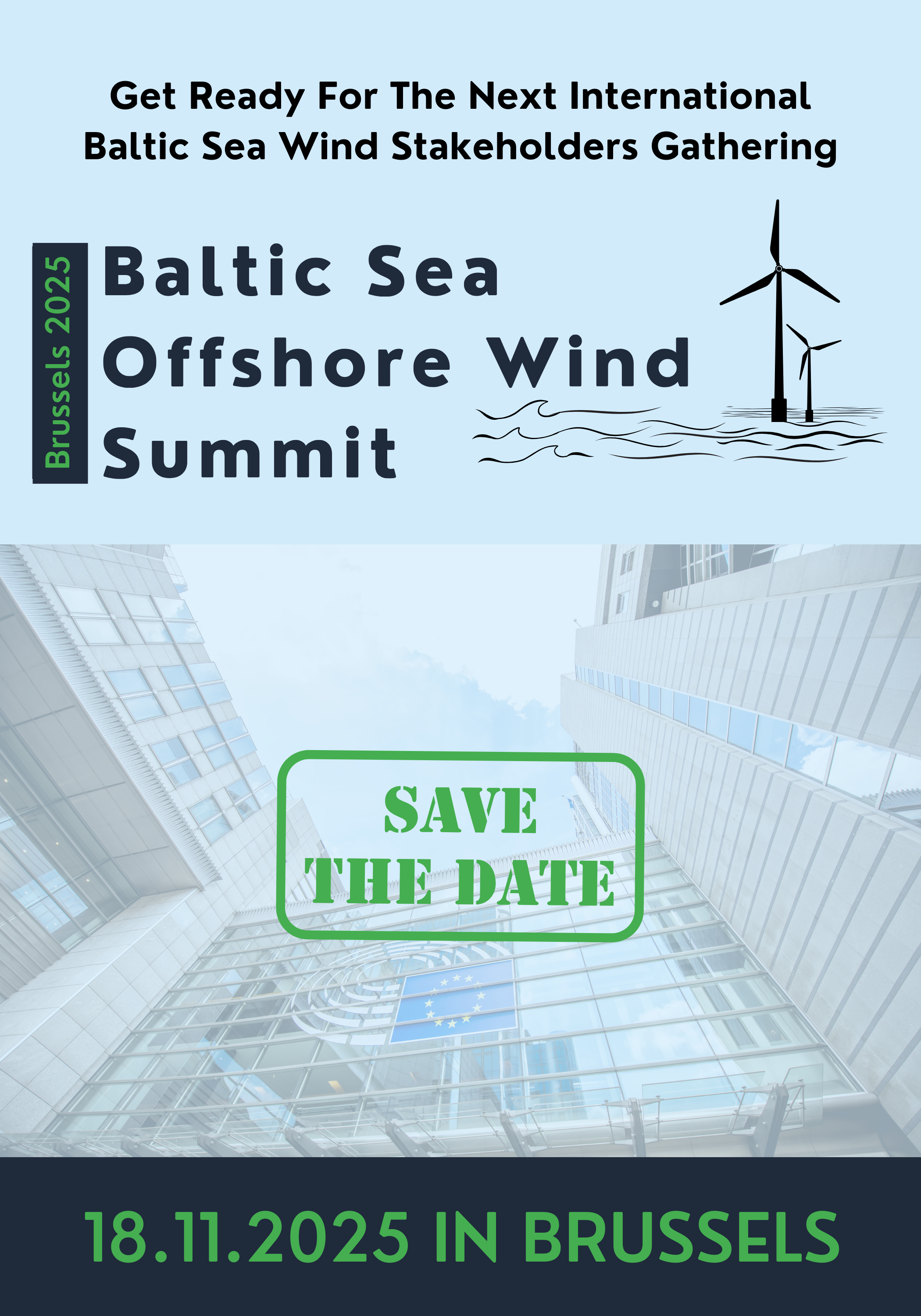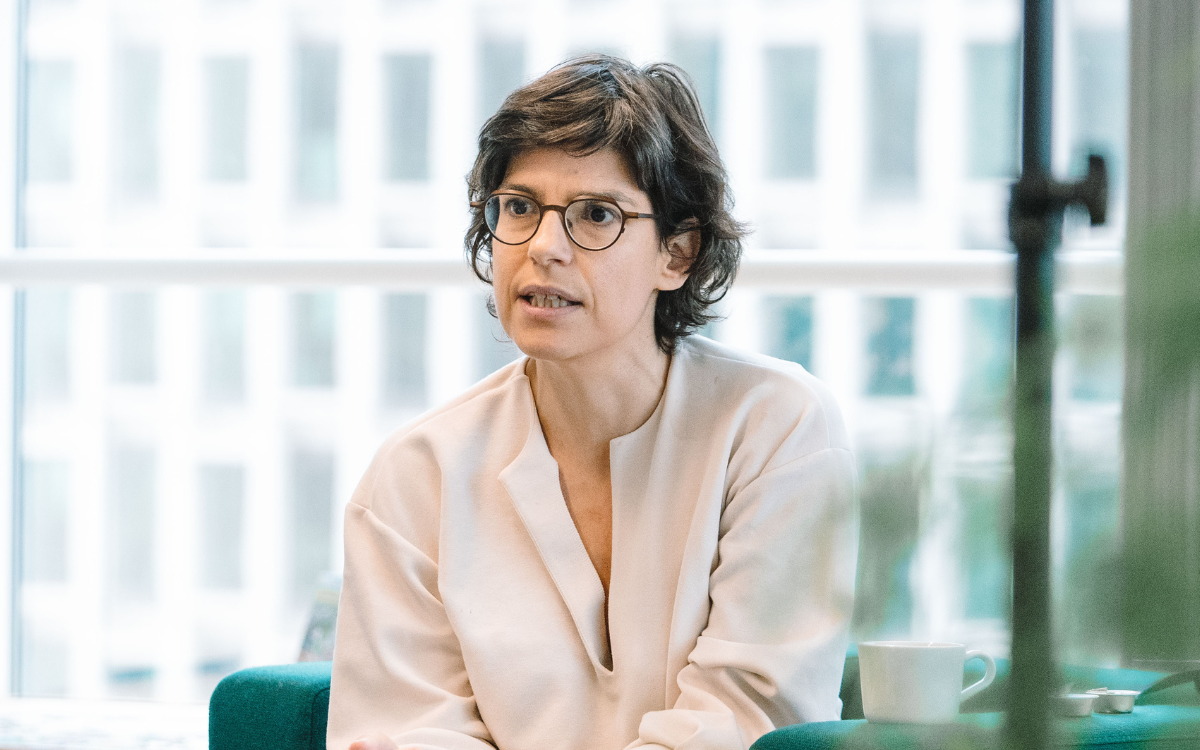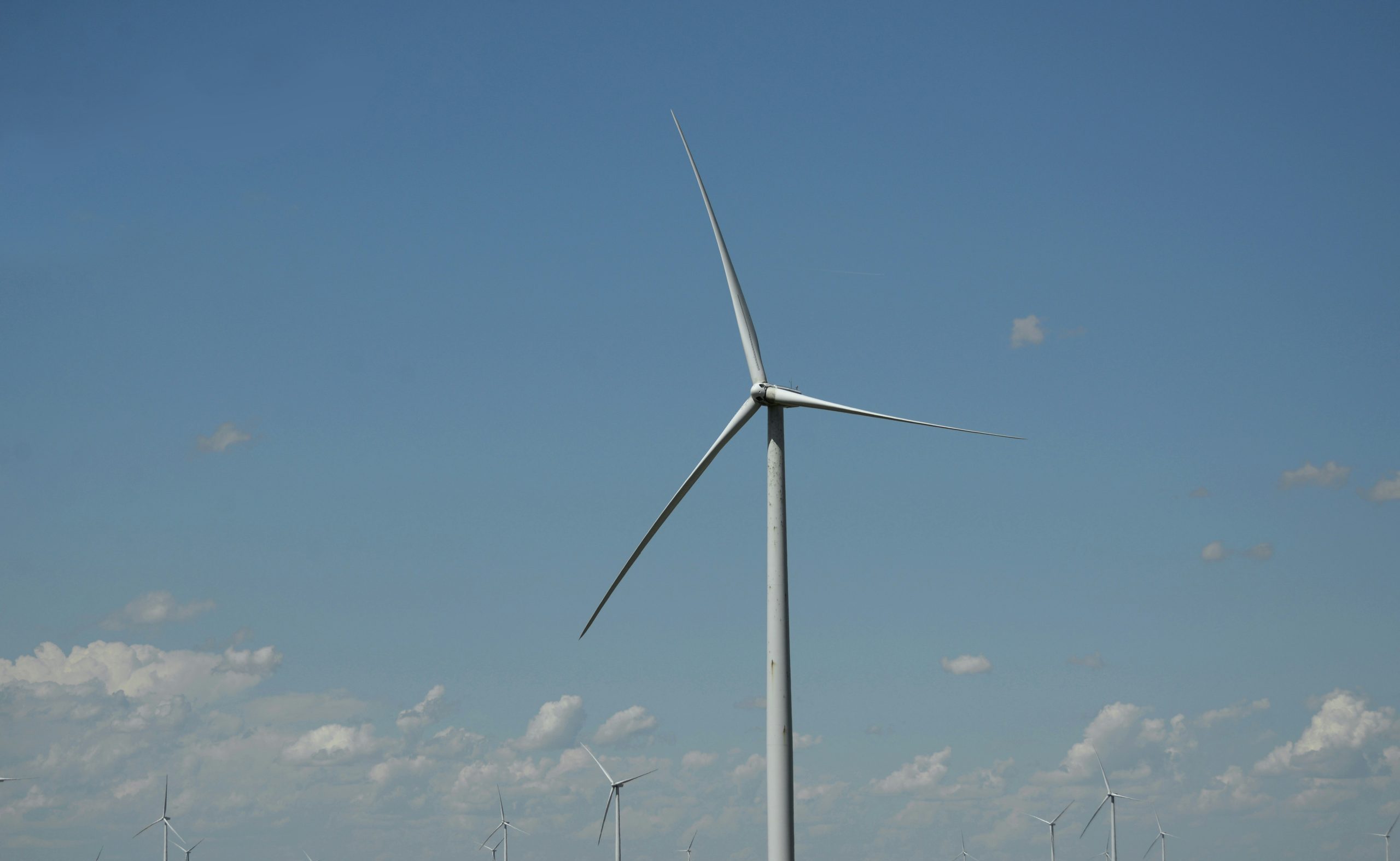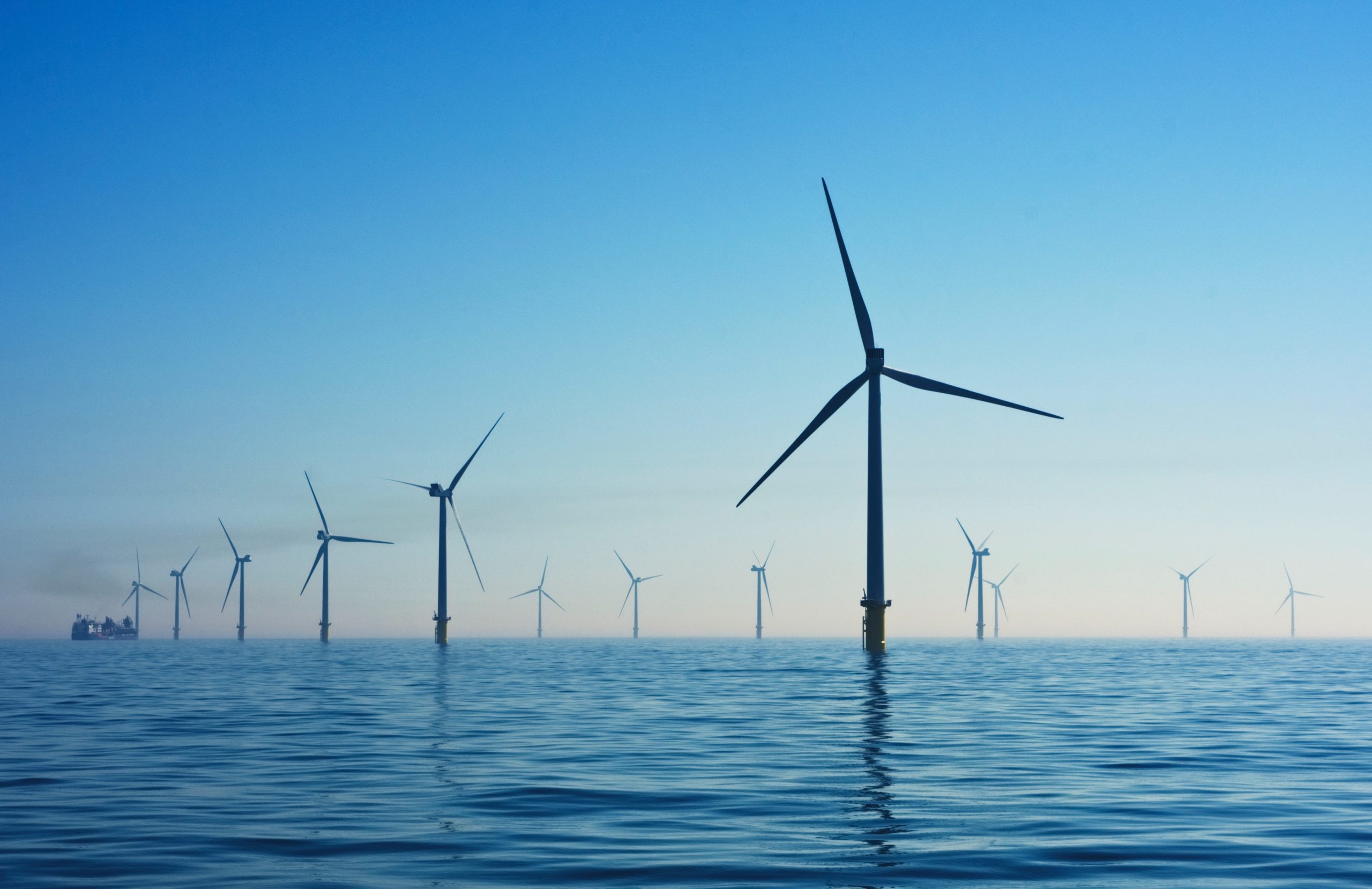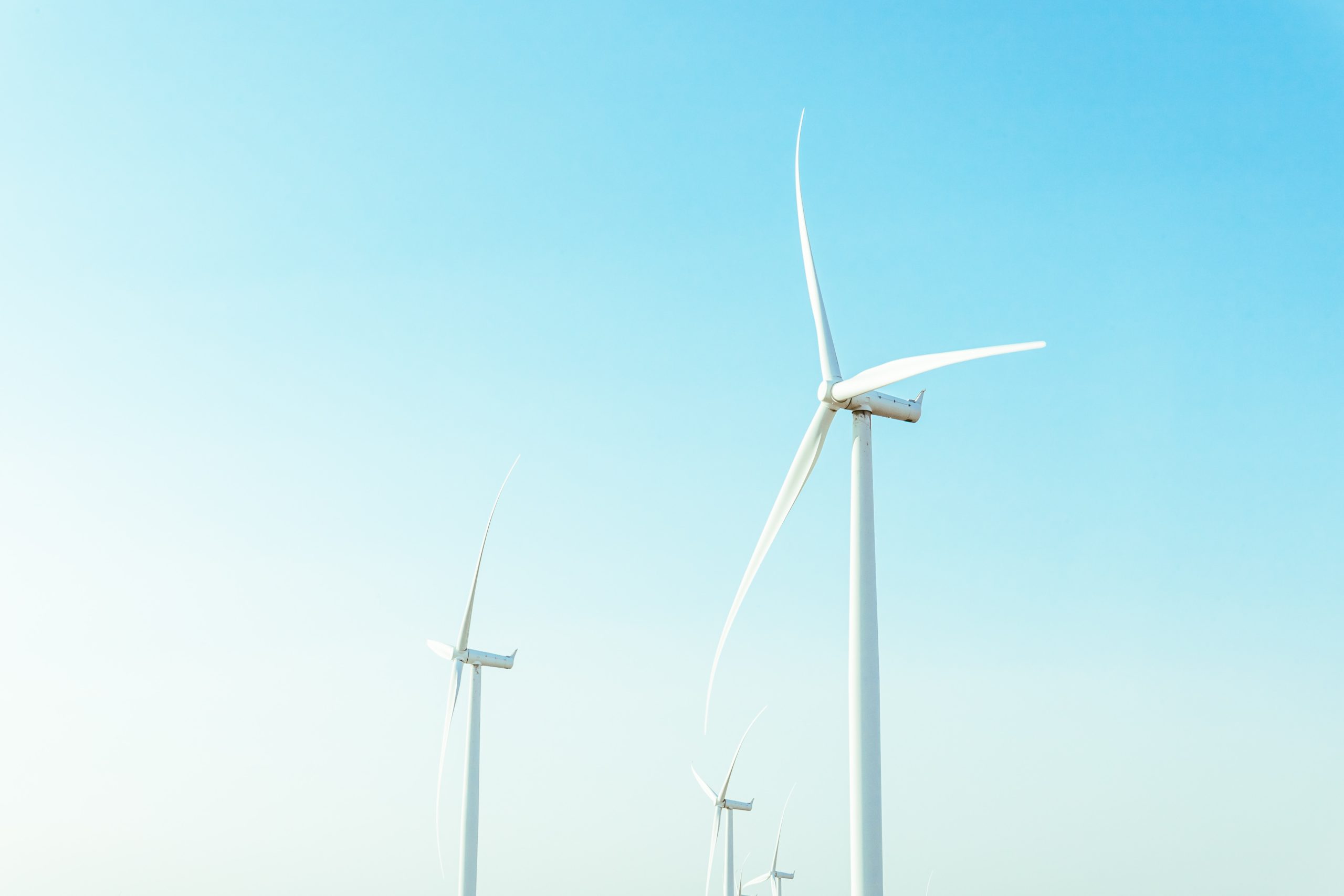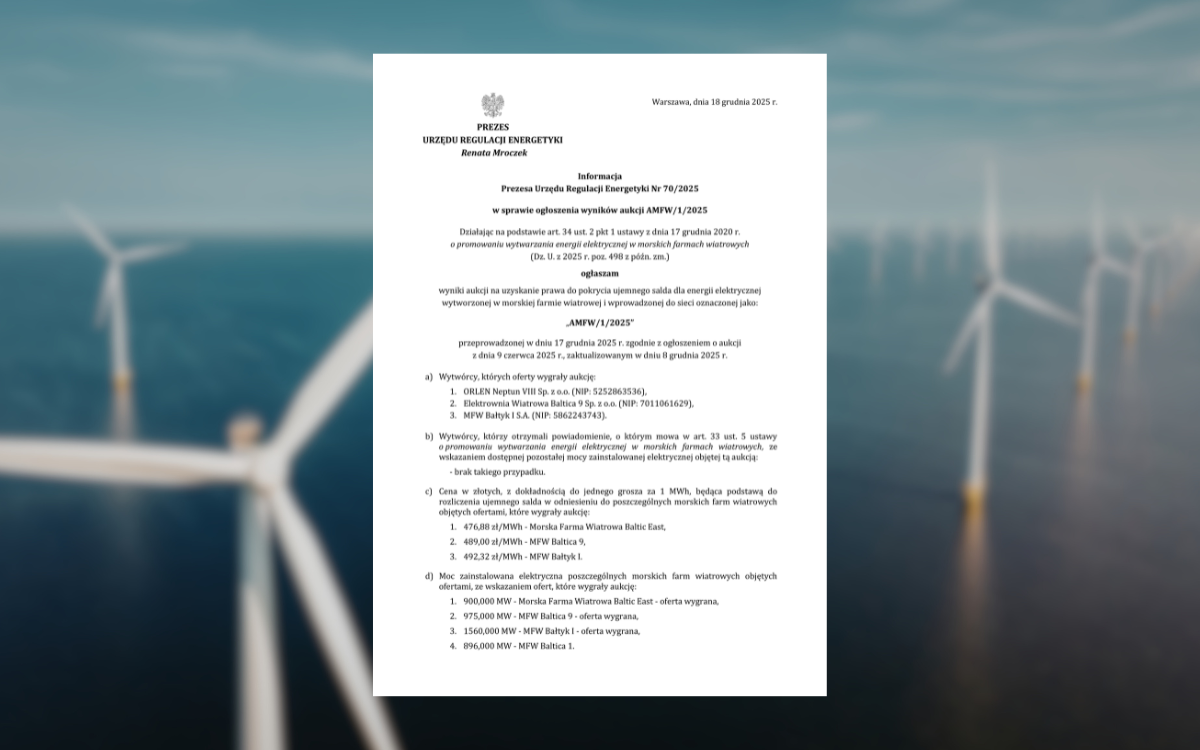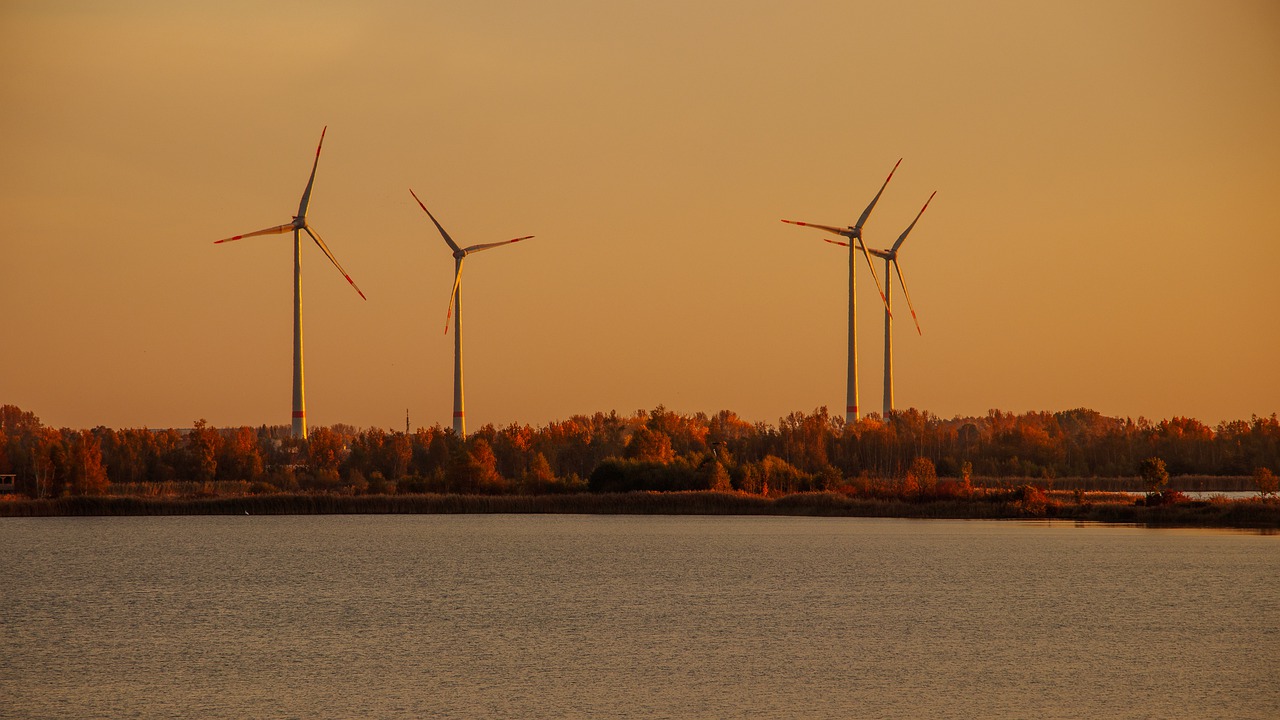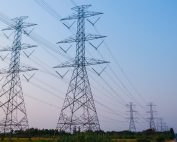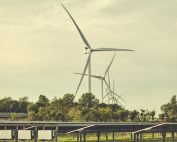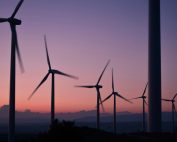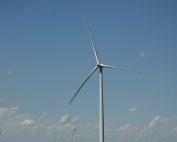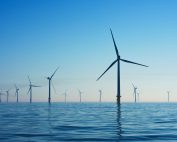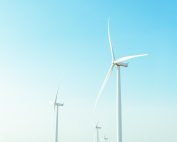Up to 70 percent of Finland’s more than 8,200 MW wind power capacity has been built on a market-based model without government subsidies. Considering the relatively young age of the sector, the newest projects have long been constructed without any subsidy funding. Finland’s first market-based wind farms were built in 2019, and the pace of market-driven wind power development has been rapid ever since.
The renewable energy production subsidy introduced in 2011 (the so-called feed-in tariff system) helped establish the wind power sector in Finland and enabled its development to the point where market-based construction has become viable. The feed-in tariff is paid to eligible wind farms for a maximum of 12 years. The last projects to receive support under this scheme were completed in 2017. Consequently, the role of government funding diminishes steadily as the support periods for these wind farms expire.
In 2018, Finland organized a competitive tender for renewable energy production subsidies, serving as a transitional solution between subsidized and market-based wind power. The tender was open to any ready-to-build renewable electricity generation project. In the end, seven wind power projects won 12 years of support through the tender. However, this subsidy model has proven to be almost cost-free for taxpayers in the case of wind power. To date, only one project has received payments under this scheme, amounting to a total of €24,000 over three years (source: Draft of the Government Proposal to Amend the Act on Subsidies for Electricity Produced from Renewable Energy Sources).
The economic impact of domestic onshore wind power on Finland’s national economy, regional and municipal finances, as well as the state budget, is overwhelmingly positive. As an example of the scale, wind power investments in 2022 accounted for more than 25 percent of all fixed industrial investments in Finland. Wind power generates property tax revenue, land lease income, jobs, and various multiplier effects for local economies (source: EK Report on the Economic Impact of Green Transition Investments).
“Currently, onshore wind power is the fastest and most cost-effective way to build additional clean electricity generation, which is essential for other green transition investments, whether it’s data centers, aluminum plants, or hydrogen-based products,” emphasizes Anni Mikkonen, CEO of Renewables Finland.
Investments that stabilize the electricity system, such as demand-side flexibility and energy storage solutions—including electrification of district heating via electric boilers—have also progressed on a market-based model. These investments leverage the strengths of renewable energy.
“The renewable energy sector is committed to creating greater prosperity in Finland by generating new jobs and enabling industrial investments. One of our strengths is market-based operations, which align with Prime Minister Petteri Orpo’s government’s objective of prudent fiscal policy. Therefore, wind power development should not be burdened with unnecessary additional regulations. Similarly, market-driven energy investments should not be undermined by subsidy mechanisms that fail to drive new technological solutions into the market, as the feed-in tariff once did,” Mikkonen points out.
Source: Renewables Finland
